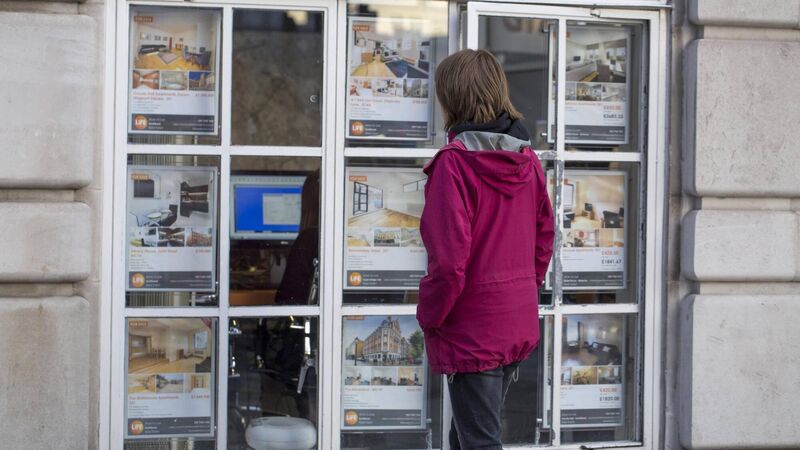High level of rental properties not registered with board, figures show

The CSO found that informal letting arrangements were most likely to be seen in predominantly rural areas.
Up to 30% of private tenancies may not be registered with the Residential Tenancies Board, new data from the Central Statistics Office (CSO)shows.
According to Sinn Féin’s housing spokesperson Eoin Ó Broin, the figure demonstrates that there is “clearly a very significant level of non-compliance of landlords not registering with the Residential Tenancies Board”.
The research was conducted after a big variance emerged between the number of households in the rental sector in the last Census, compared with the number of rental properties registered with the board.
It showed that there were 330,632 households living in the rental sector, while there were just 246,453 registered tenancies at the end of 2022 — a difference of 84,179.
The research shows that over 11,000 properties were removed if they availed of the rent-a-room scheme, were owned by a local authority, or had more than one household living in the property.
It also shows that the rental properties not registered with the Residential Tenancies Board are broken down into two distinct categories: Formal or informal letting arrangements.
The CSO found that there were 25,248 formal letting arrangements that were not registered with the board.
There are significantly more properties not registered with the Residential Tenancies Board under informal letting arrangements, with 47,754 in this category.

It found that informal letting arrangements were most likely to be seen in predominantly rural areas.
Additionally, those living in informal arrangements were paying, on average, 30% less rent than those in formal arrangements.
Informal letting arrangements were also more likely to be in detached houses, while also being less likely to be unrelated to one another.
However, the CSO says that certain informal rental arrangements may fall outside the scope of the Residential Tenancies Board, including in situations where a property is let out to a relative or if no rent is charged.
Mr Ó Broin called on the board to outline its plans to deal with non-registration of private tenancies by landlords.
“That’s not just an offence under the law, it also denies tenants access to a basket of rights provided by the Residential Tenancies Board,” Mr Ó Broin said.
He added that the board should ensure that tenants can have confidence in the body to act where landlords do not register properties.
He said that, despite facing difficulties with resourcing, the board needed to take registration “more seriously”.
He said he has written to Owen Keegan, the chief executive of the Residential Tenancies Board, on the matter.
“Furthermore, given that the number of Residential Tenancies Board-registered tenancies has fallen to 223,979 at the end of 2023, I have also asked it to try and establish whether the number of formal and informal arrangements has actually increased during the course of 2023.”
He also wrote to the chair of the Oireachtas Housing Committee, Stephen Matthews, seeking both the board and CSO to appear and discuss the research in the early autumn.












